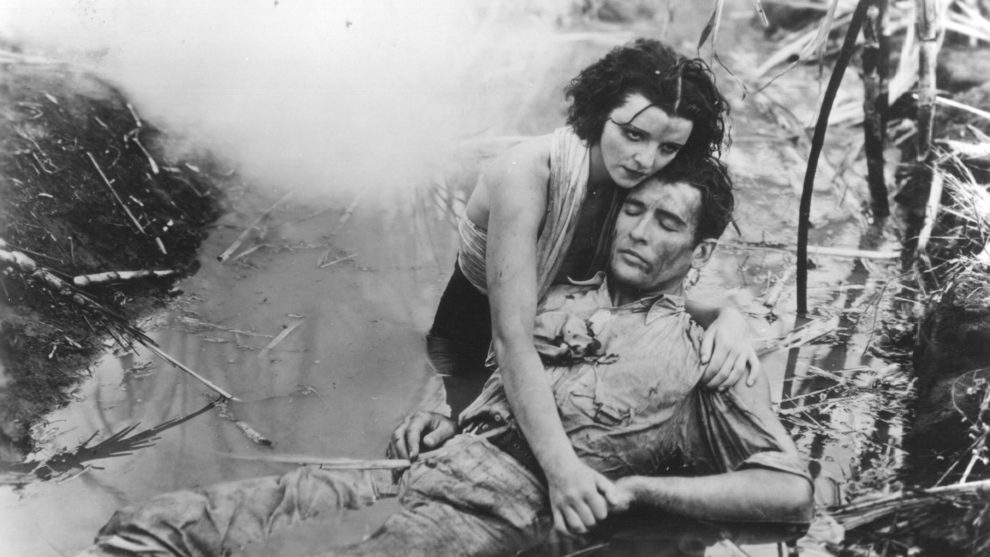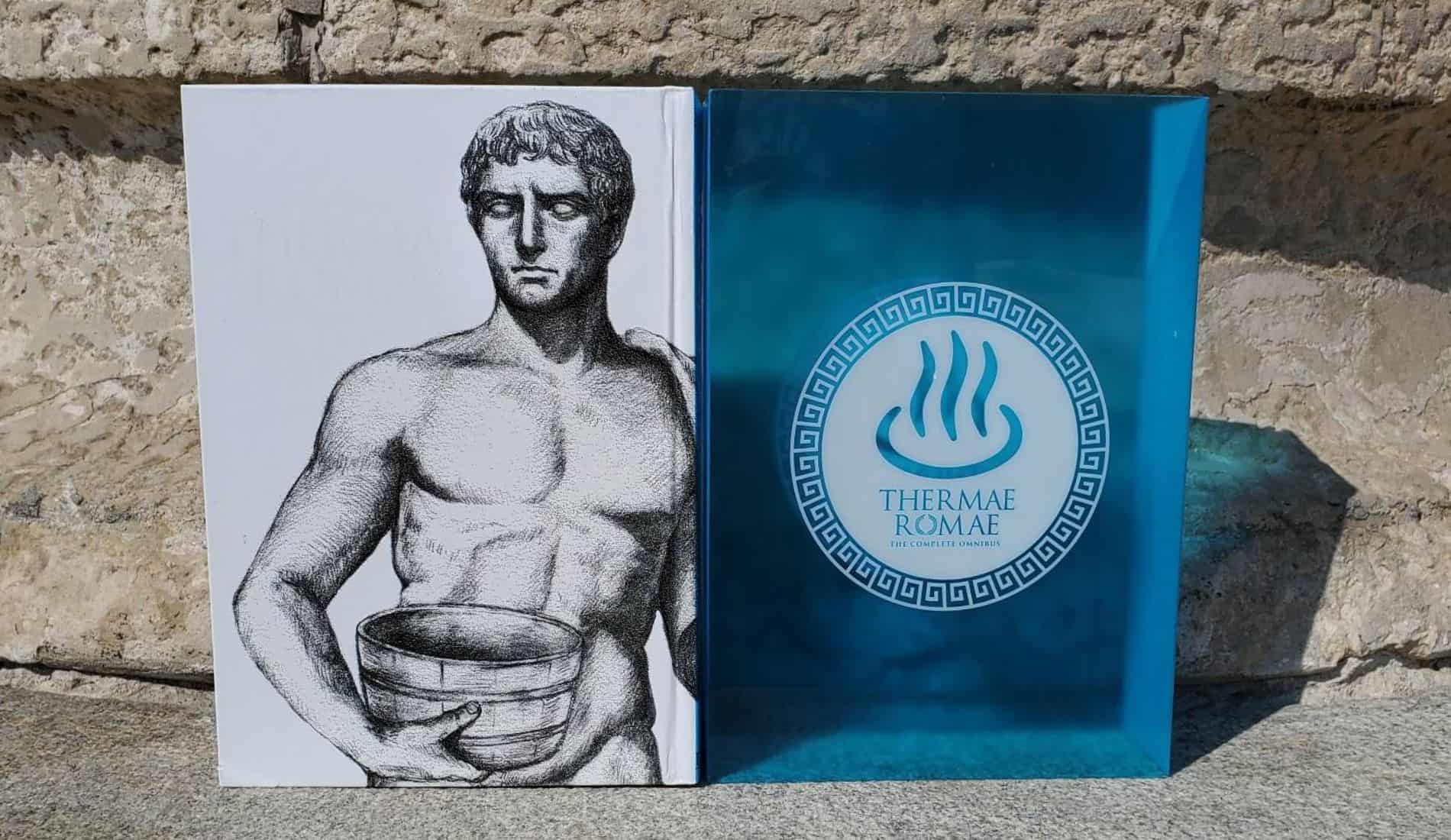“Cane Fire”, the feature documentary debut by Anthony Banua-Simon, explores the history of oppression on the Hawaiian island of Kauai. The film won the Best Feature Documentary award at the 2020 Indie Memphis Festival.
Cane Fire is screening at the San Diego Asian Film Festival

Trying to find a copy of “White Heat”, also known as “Cane Fire”, the first American movie shot on the Hawaiian island of Kauai, a “talkie”, Anthony Banua-Simon's great grandfather appears as an extra leads the director to reconnect with members of his family who are still living on the island his grandfather has once lived. With his great uncle and his grandsons as guides, his search for the movie about a plantation worker's revolt and his ancestors becomes one of discovery about the oppression and abuse that have continued in one shape or form on the island for hundreds of years. Though the functions and image of the island change through the years, first as a place filled with sugar cane and pineapple farms cultivated in slave-like conditions by labor imported by the five companies that rule the island with an iron fist, later a shooting ground for Hollywood movies, and finally as a tourist heaven, known as The Garden Isle, one thing remains constant – the use of island residents as servants to the white visitors.
Blending seamlessly personal interviews with footage from moves, ads, news reports, and personal archives, Anthony Banua-Simon crafts a documentary that feels both personal and universal. Taking his great grandfather, a Filipino brought to work on the sugar cane plantations when the other immigrant groups have started to rebel, he shows us that from the earliest settlements of white people in Hawaii and the island Kauai in particular, the land was transformed to fit the white settlers' needs. This, like every other colonized place, has happened without a single thought about the natives' well-being. First, their rivers were diverted to water the sugar cane and pineapple plantations, later – their homes and sacred grounds.

One such perpetrator is the Coco Palms Resort of “Blue Hawaii” fame on which the director spends a big portion of his documentary. Built on lands connected with some of the holiest legends in Hawaii, the resort has not only desecrated royal lands, including important burial grounds but has also done something much worse – helped the erasure of traditional Hawaiian culture and its replacement with tourist-friendly invented rituals such as the torch-lighting ceremony. As Banua-Simon points out earlier in “Cane Fire”, this invention of history and rituals is anything but a benign act, for it has its history in the bans of the Hawaiian language and conscious eradication of the native culture from earlier in the century. What's more, even after the destruction of the resort by Hurricane Iniki at the beginning of the 1990s and the occupation by natives who fight for the return of their sacred lands, the place is still frequented by tourists who want to visit the places Elvis Presley has walked on. In this, they remind us of pilgrims who visit the holy lands of escapism and consumerism.
The problem with the land is much more serious, though. Kauai is an island and as such, it has very limited space. And yet, more and more non-resident white Americans want to buy land on it where they can build vacation homes, leading to the rise of property prices. This leaves the residents, many of whom are from non-white origins, more destitute than they were in the past. Many of them work a few jobs just to pay their mortgages or if they're even more unlucky – stop renting and finally buy a house. But as shown through the interviews with non-resident house buyers, who constitute around 40% of all house-owners on the island, and with a real estate agent, the things are only going to get worse. More land is going to be taken away from the natives, more of the sugar plantation housing is going to be reclaimed, and more difficult it will become for the majority of the island residents to make ends meet, or even worse, to have one of the most basic human necessities – a shelter.
The lack of land and disregard for the well-being of the island natives and residents shows one of the most central themes of “Cane Fire”, the continued white imperialist view that non-whites and especially immigrants exist for the sole purpose of serving the white “masters”. Though other films on colonialism have dealt with the same topic, Cristopher Makoto Yogi's “Occasionally, I Saw Glimpses of Hawai'i‘” comes to mind, Anthony Banua-Simon shows is even more poignant, through memories of his Filipino great grandfather as well as interviews with his extended family and other residents of the island. Through all of them, one thing becomes clear – the workers are seen as nothing more than disposable manual labor which exists only to serve, as one of Banua-Simon's cousins says towards the end. From the earliest sugar cane plantations when the whites imported people from different countries when the workers started unionizing, first Chinese, then Japanese, and finally Filipinos, to the current service industry, most of the people living on the island have been treated as extras, as another interviewee says. Always there to fill up space and support the white mains but never the actual main characters. Constantly interchangeable and in fear of being removed.
The only solution for these centuries-old problems, the director suggests with the title of his movie as well as numerous times, is to “reenact” in a way the ending of “White Heat” and burn the entire structure of control and abuse to the ground. This makes “Cane Fire” a pronounced revolutionary vibe which is very inspiring.














